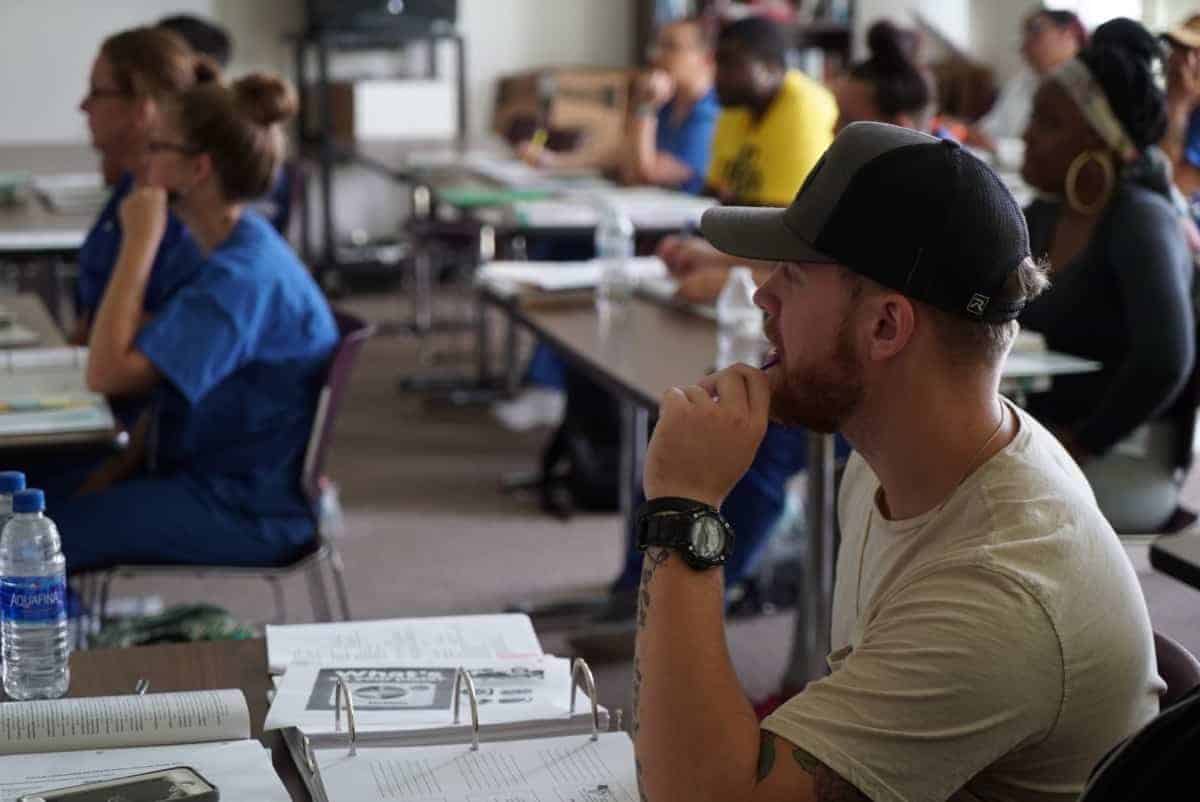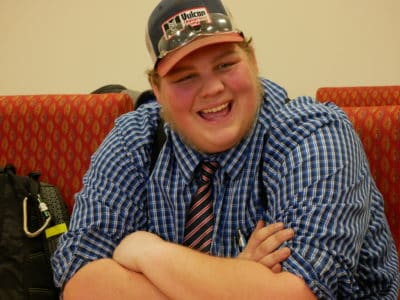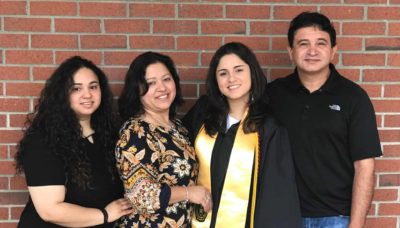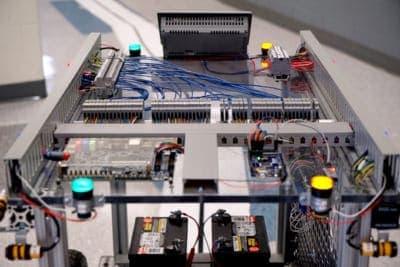

Since the Comprehensive Articulation Agreement (CAA) was updated in 2014, North Carolina community college students’ transfer processes and opportunities have greatly improved. The private colleges signed their own Independent Comprehensive Articulation Agreement and the list of transferable general education courses was finalized.
Several public and private universities have developed co-admission or co-enrollment programs with our community colleges, encouraging and supporting new transfer students. The State Board of Community Colleges has approved new transfer degrees, adding the Associate in Fine Arts and Associate in Engineering, the RN to BSN pathway, and a new Associate in Education in development.
These improvements have strengthened our colleges’ relationships with our state’s four- year institutions and carved a clearer path for our students to earn their bachelor’s degrees. Despite this progress, transferring from our colleges is still a challenging and confusing process for too many students, especially for first generation students.
Remaining challenges for our students and colleges
- The 2019 report to the General Assembly shows AAS graduates are transferring at a faster rate than graduates of transfer programs, but many of these students fail to get full credit for their coursework not covered under the CAA. While many colleges have 2+2 agreements with universities, the results are less consistent and predictable for our students.
- Co-admission programs, such as East Carolina’s Pirate Promise or UNC-W’s Pathway to Excellence, are encouraging developments for our students. However, not all of the UNC System institutions have these programs, and some are limited to specific community colleges based on geography or other criteria.
- Early college graduates, legally required to have the option of applying as a freshman or transfer student, continue to be steered towards the freshman route by university admission offices.
- Despite the CAA and the general education course list, too many exceptions in accepting course credits occur at departmental or school level of the university.
Work to do at local community colleges
Improving our students’ transition and success at four-year institutions also requires us to do a better job of advising and preparing our students at community colleges. Despite improvements in recent years, there are several remaining challenges to face and opportunities to pursue.
- Improved advising at the community college is critical. Advising towards transfer program completion is not enough. We have to do a better job in the student’s first year to assemble the plan that includes both the right university and major that fits their career goals. This requires an integrated approach to career counseling and academic advising, which we have implemented here at Richmond Community College. Combining career and transfer services into a single office with adequate staffing eliminates confusion for students and provides an on-site resource for faculty to utilize for better advising.
- Community college advising has to do more than just map out and schedule the right freshman and sophomore level courses. We need to do a better job of preparing our transfer students for life at the university so they understand what mistakes and pitfalls to avoid. This is even more critical for our large percentage of first generation college students with limited guidance from home.
- We need to build, promote, and support more university and degree specific pathways that eliminate the guesswork and mistakes by the student and their advisor.
- Our colleges need better tools and methods to understand our graduates’ performance at the next level. At Richmond Community College, we are striving to extend our connection to our transfer students after they leave us, using their feedback to strengthen our academics and student support.
Work to do at the state level
If we are to move the needle in transfer student success, we need more collaboration amongst all of our educational institutions and systems. Broad based, relevant professional development and best practices need to be consistently provided to high school counselors, community college advisors, and university admissions staff. If the high schools, colleges, and universities are not in sync, our students will have too many different answers to their questions, increasing their chances of taking a misstep on their journey.
We have made tremendous progress in the past six years, but we still have much work to do together to strengthen, simplify, and refine a transfer process that too many students still struggle to successfully navigate.





